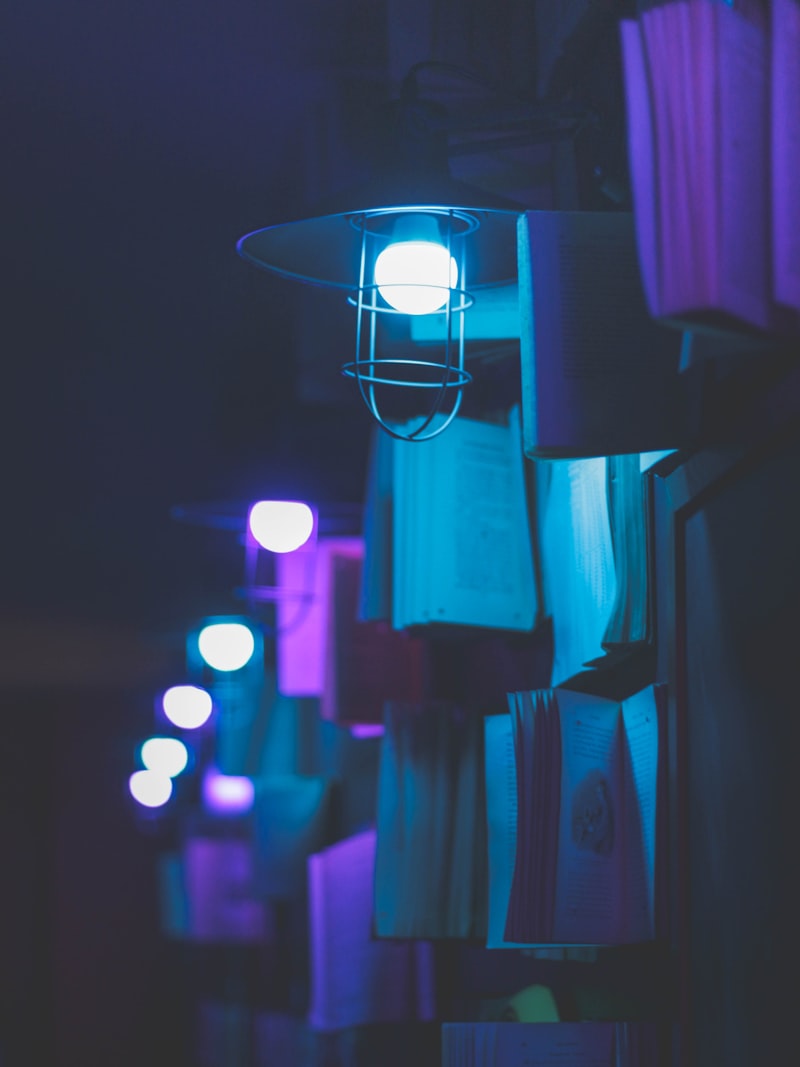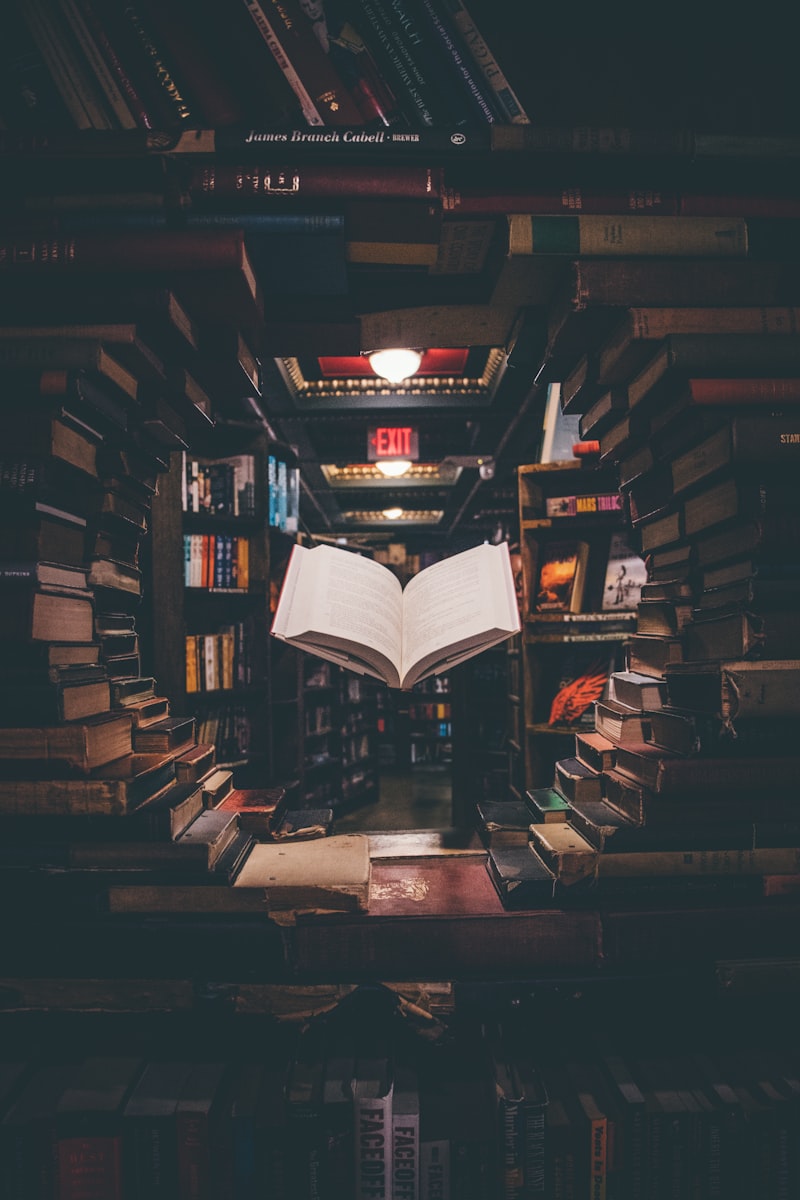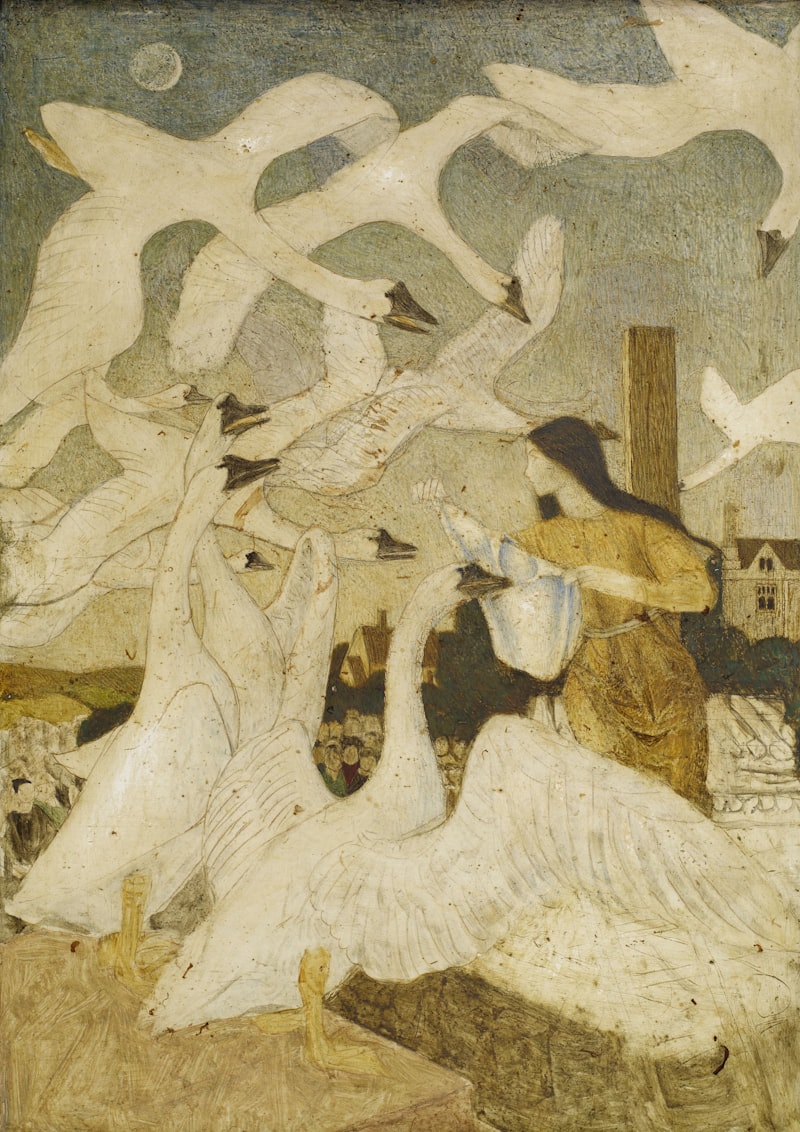Imagine diving into a story that keeps you on the edge of your seat, heart racing with anticipation. That’s the magic of suspense in literature—it hooks us, pulls us in, and refuses to let go. Over the centuries, the art of suspense has evolved, transforming how authors grip readers and keep them guessing.
In the early days, suspense was often straightforward, driven by perilous situations and cliffhangers that left readers anxiously awaiting the next installment. Think of Dickens’ serialized novels or the Gothic tales of Poe, where each chapter ended with a new mystery unraveling.
As literature progressed, so did suspense. Authors began to play with psychological elements, delving into characters’ minds and emotions to heighten tension. Take Hitchcock’s influence, where what isn’t shown becomes as chilling as what is. Suspense became a game of shadows and whispers, where the unknown lurked just beyond the page.

Today, suspense in literature thrives in myriad forms. From thrillers that weave intricate plots to horror stories that tap into our deepest fears, authors continue to innovate. They use unreliable narrators, non-linear timelines, and unexpected twists to keep readers guessing until the final page.
What makes suspense timeless is its ability to evoke visceral reactions. It’s not just about what happens, but how it’s told. Like a master magician, a skilled writer knows when to reveal and when to conceal, creating a narrative dance that captivates and surprises.

In essence, the evolution of suspense in literature mirrors our own thirst for intrigue and excitement. It’s a journey from the simple thrill of danger to the complex web of human emotions and motivations. As readers, we crave that rush of adrenaline, that moment when everything hangs in the balance. Suspense, in all its forms, continues to shape how we experience stories—making us avid participants in the unfolding drama of the written word.
From Edgar Allan Poe to Stephen King: Tracing the Evolution of Literary Suspense
When delving into the world of literary suspense, one cannot overlook the profound impact of Edgar Allan Poe and Stephen King. These two titans of the written word have shaped the genre in unparalleled ways, each leaving an indelible mark on readers and writers alike.
Edgar Allan Poe, often hailed as the pioneer of psychological suspense, mastered the art of weaving intricate plots that delve into the darkest corners of the human psyche. His tales, such as “The Tell-Tale Heart” and “The Fall of the House of Usher,” are renowned for their ability to evoke intense emotions of fear and anxiety. Poe’s genius lay in his ability to create suspense not just through external events, but through the internal turmoil of his characters, tapping into universal fears and uncertainties.
Fast forward to the modern era, and Stephen King emerges as a towering figure in the realm of suspense and horror. King’s works, including classics like “The Shining,” “Misery,” and “It,” have redefined the genre by blending supernatural elements with deeply human experiences. What sets King apart is his knack for transforming everyday settings and situations into breeding grounds for terror, making the ordinary feel chillingly extraordinary.
Both Poe and King share a common thread in their approach to suspense: they understand that true fear arises not just from what is seen, but from what is imagined. Poe’s tales of psychological torment and King’s mastery of the supernatural both capitalize on this principle, inviting readers to confront their deepest fears in a safe yet thrilling environment.
As readers journey from the haunting narratives of Edgar Allan Poe to the chilling worlds of Stephen King, they witness the evolution of literary suspense unfold before their eyes. It is a journey marked by innovation, imagination, and an unwavering commitment to keeping readers on the edge of their seats.
Beyond Cliffhangers: How Suspense Has Transformed Modern Storytelling
Suspense goes beyond mere anticipation; it’s the art of weaving uncertainty into the narrative fabric, creating a magnetic pull that compels the audience to stay engaged. It’s like walking along a narrow cliffside path, unsure of what lies around the next corner but unable to turn back because the journey is too thrilling to resist.
In today’s digital age, where content competes for attention like never before, mastering the craft of suspense is crucial. Whether it’s a plot twist in a TV series that leaves viewers clamoring for the next episode or a cliffhanger ending in a bestselling novel that leaves readers hungry for more, suspense is the secret sauce that keeps audiences hooked.
Think about the last time you binge-watched a TV show that left you gasping at the end of each episode, desperate to know what happens next. Or the suspenseful build-up in a movie that had you holding your breath in anticipation. That’s the magic of suspense—it’s a rollercoaster ride of emotions that takes us from anticipation to excitement, from fear to relief, and everything in between.
But suspense isn’t just about keeping secrets or hiding information; it’s about the delicate dance between revelation and concealment. It’s about drip-feeding clues and hints, teasing the audience with glimpses of what’s to come without giving away the whole story. Like a skilled magician, a storyteller uses suspense to manipulate our emotions and keep us invested in the narrative until the very end.
Suspense Unveiled: The Psychology Behind Gripping Narratives
Ever wondered what makes a story truly gripping? It’s not just about the plot twists or the thrilling action scenes—it’s the psychology behind suspense that keeps us on the edge of our seats.
At its core, suspense is all about creating tension and anticipation. Think of it as a roller coaster ride where the slow climb up builds excitement before the exhilarating drop. Authors and filmmakers masterfully weave suspense into their narratives to evoke emotions ranging from excitement to fear.
One key element is uncertainty. When we’re unsure about what will happen next, our brains kick into high gear. This uncertainty triggers the release of neurotransmitters like dopamine, which are associated with pleasure and reward. It’s why we find ourselves eagerly turning pages or glued to the screen, craving resolution.
Another psychological trick is empathy. Strong characters facing perilous situations draw us in because we empathize with their struggles. We root for their success and fear their failure, mirroring their emotions as if they were our own. This emotional investment makes the payoff of suspense all the more satisfying.

Timing also plays a crucial role. Suspense is often heightened by pacing—the art of controlling the speed at which information is revealed. Just like a skilled magician, storytellers know when to hold back and when to reveal crucial details to maintain intrigue.
Ultimately, gripping narratives are like puzzles waiting to be solved. They challenge our minds, evoke our emotions, and leave us craving more. Whether it’s a chilling thriller or an epic adventure, the psychology of suspense is a powerful tool that keeps us enthralled until the very last word.
Turning Pages with Bated Breath: A Timeline of Suspense in Literature
Suspense in literature isn’t just about thrillers or mysteries; it’s a technique used across genres to grip readers emotionally and intellectually. Imagine a narrative where every turn of phrase, every hint dropped by the author, leaves you guessing, questioning, and anticipating. It’s like walking a tightrope between curiosity and revelation, where each chapter builds upon the last with mounting tension.
Take classic works like Edgar Allan Poe’s “The Tell-Tale Heart,” where the narrator’s guilt intensifies with each heartbeat under the floorboards, or Agatha Christie’s “Murder on the Orient Express,” where Hercule Poirot meticulously unravels layers of deception. These tales are masterclasses in suspense, where every clue, every character interaction, adds to the intricate web of intrigue.
In modern literature, authors like Gillian Flynn with “Gone Girl” or George R.R. Martin with “A Song of Ice and Fire” series employ suspense to subvert expectations and keep readers guessing about the fate of beloved characters. It’s about creating an emotional rollercoaster, where the highs of revelation and the lows of uncertainty leave a lasting impact.
Suspense isn’t just about the plot twists or the big reveal; it’s about the journey—the slow burn of anticipation that grips you from the first sentence and doesn’t let go until the final page. It’s the literary equivalent of a puzzle, where each piece fits into place, revealing a bigger picture that’s both satisfying and surprising.
Mastering the Art of Tension: Techniques That Define Suspenseful Writing
Imagine reading a story where every turn of the page leaves you on the edge of your seat, heart racing with anticipation. That’s the magic of suspenseful writing – the ability to weave a narrative that grips readers and keeps them hooked until the very end. But how exactly do writers master this art of tension?

One of the key techniques is pacing. Like a skilled conductor guiding an orchestra, writers control the tempo of their narrative. They build suspense by alternating between moments of calm and intense action, keeping readers guessing what will happen next.
Another powerful tool in the writer’s arsenal is the use of vivid imagery. By painting detailed pictures with words, writers create atmospheres charged with emotion and intrigue. Readers can almost feel the chill of a shadowy alley or the prickling sensation of being watched.
Character development also plays a crucial role in suspenseful writing. Complex characters with hidden motivations and conflicting desires add layers of tension to the story. Readers become invested in their journeys, eagerly awaiting the resolution of their struggles.
Dialogue, when crafted effectively, can ratchet up the tension in a scene. Sharp exchanges, loaded with subtext and unspoken threats, leave readers hanging on every word. It’s not just what characters say, but what they don’t say, that creates suspense.
And then there’s the element of surprise. Skillful writers know how to subvert expectations and throw in unexpected twists and turns. These plot twists keep readers engaged and ensure that the story never becomes predictable.
Plot Twists and Heart Palpitations: The Rise of Suspense in Classic Novels
Suspense isn’t just about keeping readers on the edge of their seats; it’s an art form that dates back centuries. Authors like Charles Dickens and Jane Austen mastered the skill of weaving intricate plots that culminate in jaw-dropping revelations. Take Dickens’ “Great Expectations,” for instance. Just as Pip seems poised for a life of wealth and happiness, the startling revelation of his benefactor turns his world upside down, leaving readers stunned and eager for more.
Classic novels are renowned for their ability to evoke strong emotions, and suspense plays a pivotal role in this. It’s like a rollercoaster ride of emotions, with each unexpected turn leaving us breathless yet craving for more. Who can forget the spine-chilling moment in “Wuthering Heights” when Heathcliff’s vengeful motives come to light, reshaping the entire narrative and leaving readers reeling with shock?
The beauty of suspense lies in its unpredictability. It’s the literary equivalent of a magician’s sleight of hand, where authors deftly manipulate our expectations and deliver revelations that defy logic yet resonate deeply. It’s not just about surprising the reader; it’s about making them question everything they thought they knew, challenging their perceptions and keeping them engaged until the very last page.
As readers, we crave that adrenaline rush that comes with a well-crafted plot twist. It’s a testament to the author’s skill — their ability to toy with our emotions and lead us down unexpected paths. In the world of classic novels, suspense isn’t just a literary device; it’s an essential ingredient that transforms stories into unforgettable experiences, leaving us with heart palpitations and a craving for more.
Suspense Reloaded: How Contemporary Authors Are Redefining Thrillers
What sets modern thrillers apart is their ability to delve deep into the psyche of characters, blurring the lines between hero and villain. Authors skillfully weave intricate webs of suspense, using every tool in their literary arsenal to build tension and anticipation. From unreliable narrators to unexpected revelations, these stories challenge readers to unravel mysteries alongside the protagonists.
Unlike traditional thrillers that rely solely on action-packed sequences, contemporary authors employ a more nuanced approach. They craft narratives that are not only gripping but also thought-provoking, addressing complex themes such as moral ambiguity and existential dilemmas. This depth adds layers to the suspense, making readers ponder not just “whodunit,” but also the broader implications of the story.
In today’s fast-paced world, where distractions abound, these novels command attention with every page turn. They are designed to keep readers guessing, prompting them to formulate theories and speculate about the outcome. Each chapter unfolds like a puzzle piece, gradually revealing the bigger picture while leaving ample room for interpretation.
Metaphorically speaking, reading a contemporary thriller is akin to navigating a labyrinth with hidden traps and secret passages. Every twist and turn holds the promise of discovery, ensuring that boredom is never an option. The narrative momentum builds like a crescendo, leading to a climax that is as satisfying as it is surprising.
As readers continue to crave stories that thrill and captivate, contemporary authors are poised to deliver. Through their mastery of suspense and storytelling, they redefine what it means to be on the edge of your seat, ensuring that each novel leaves a lasting impression long after the final page is turned.
Frequently Asked Questions
How has suspense evolved throughout literary history?
This FAQ explores the evolution of suspense in literary history, tracing its development from ancient narratives to modern literature. It highlights how techniques such as foreshadowing, pacing, and plot twists have evolved, shaping suspense as a crucial element in engaging readers across different genres and time periods.
Which authors are known for pioneering suspense techniques?
Discover authors known for pioneering suspense techniques through their innovative storytelling and mastery of tension-building plots.
What are the key elements of creating suspenseful narratives?
Discover the essential components for crafting suspenseful narratives. Learn how to build tension through compelling characters, unpredictable plot twists, strategic pacing, and evocative settings. Understand the importance of withholding information and creating anticipation to engage readers or viewers effectively.
What defines suspense in literature?
Suspense in literature is defined by the tension and anticipation created within a narrative, keeping readers engaged and eager to know the outcome of unfolding events. It arises from strategic pacing, unanswered questions, and the threat of imminent consequences, compelling readers to turn the pages in anticipation.
How does cultural context influence the development of suspense in literature?
Explore how cultural context shapes suspense in literature, influencing narrative pacing, character motivations, and reader expectations. Discover how cultural nuances enhance tension and anticipation, offering unique insights into storytelling dynamics.



